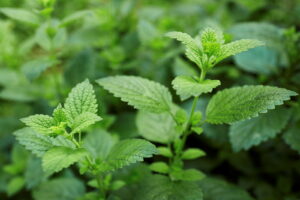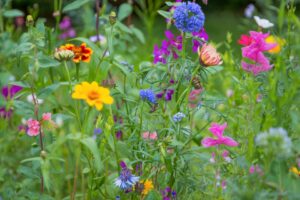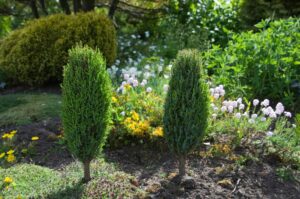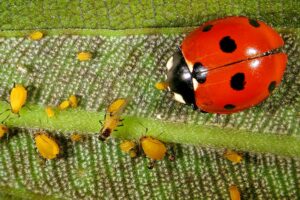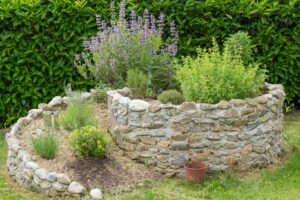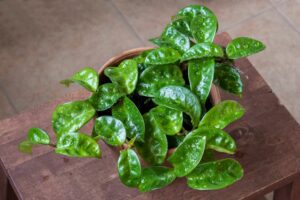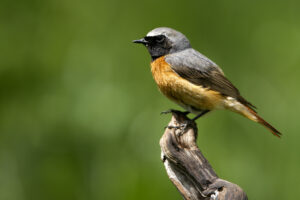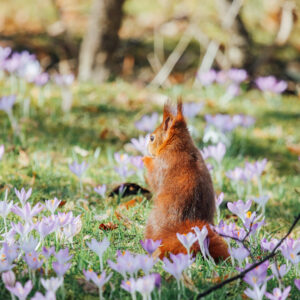Chrysanthemums: expert knowledge & care tips
Thanks to chrysanthemums, the garden is still colourful even in autumn. Here are helpful tips for the proper care of chrysanthemums.

Chrysanthemums (Chrysanthemum) once again enchant the heart of every garden lover in autumn. The genus, which belongs to the daisy family (Asteraceae), blooms as one of the last, but with its colourful, single to double flowers is by no means inferior to the plants of earlier seasons. Quite the opposite – due to the late flowering, they are unrivaled and, especially in their warm copper tones, complete the overall autumn look of any garden or balcony. Nevertheless, they are extremely undemanding garden inhabitants, which, with proper care and minimal winter protection, you can usually enjoy for years.
Contents
Chrysanthemums: meaning and origin
The name chrysanthemum is derived from ancient Greek and means “the golden blossom” or “gold flower”. By giving a chrysanthemum as a gift, one signals: my heart is free. In Japan, the chrysanthemum is considered the national flower. The Order of the Chrysanthemum is one of the highest honours there are. In China, the plant stands for prosperity and happiness, but in France for death and mourning.
This important autumn flower originates mainly from East Asia (China, Korea, Japan, Russia). In China, garden chrysanthemum (Chrysanthemum × morifolium), a hybrid of several species, has been cultivated for 1600 years. It is considered one of the most important horticultural crops, which is reflected in the thousands of cultivars. The pretty flowers are even a treat for the eye in two ways, because in Ayurvedic medicine they are used against eye inflammation and skin impurities. In rare cases, however, contact with the plant parts causes allergies and skin irritations.

When is the flowering time of the chrysanthemum? The solitary flowerheads are basket-shaped and bloom in the autumn usually from September to November. The female ray florets with their pink to red or yellow tongues are distinguished from the hermaphrodite tubular florets, which shine in yellow. Meanwhile, cultivars come in other colours, as well as multicoloured and double flowers. By the way, varieties in shades of pink and violet flower the longest.
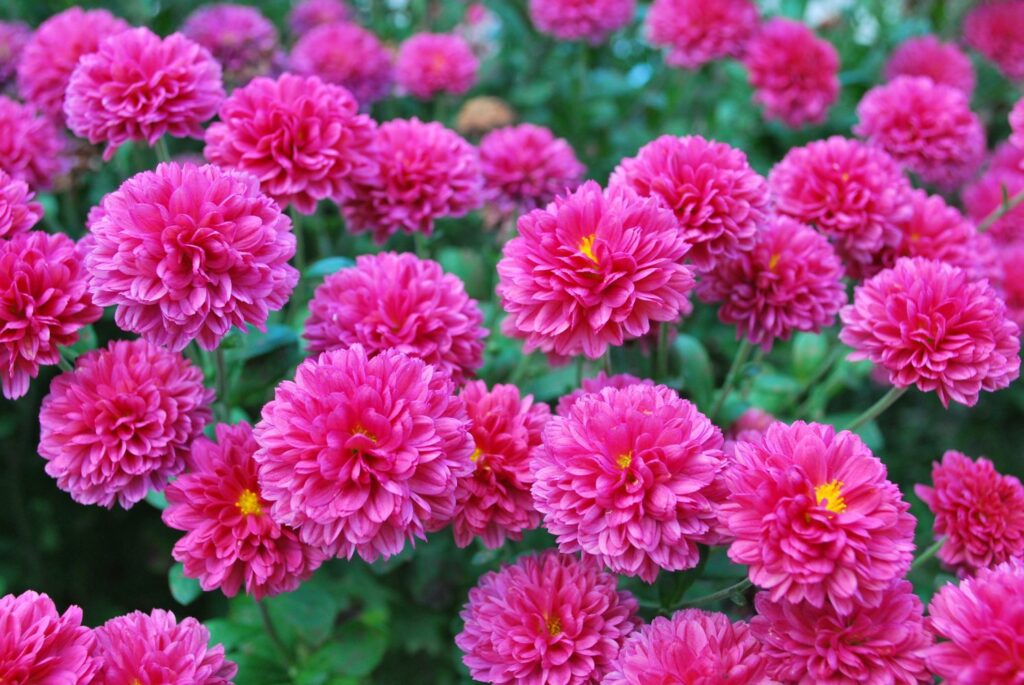
Note: Flowering can be stimulated and thereby moved forward by briefly covering the plants in summer to simulate shorter days. This is because, as with the poinsettia, flower formation does not begin until the equinox.
Chrysanthemum indicum: the autumn chrysanthemum in your own garden
The Indian chrysanthemum (Chrysanthemum indicum) is wonderful for planting in the garden because of its good winter hardiness. This perennial species blooms in our latitudes from August to November and displays a wide variety of colours, depending on the variety. This way, your perennial bed can give its all again in the autumn. The following should be observed when planting:
- Location: sunny and sheltered from wind
- Soil: Garden soil; nutritious; well-drained
- Planting time: spring to early summer (March – May)
With single-flowered Indian chrysanthemums you can do something good for bees, because they provide them with a late food source. For more information on the Indian chrysanthemum and other decorative chrysanthemum species, click here.

Growing chrysanthemums
If the chrysanthemums are to be planted out in the garden, it is best to use the more robust garden or Indian chrysanthemums. These can be wintered outside with the right protection. Planting time here is May, so the plants have enough time to properly establish themselves in the soil before winter. More frost-sensitive potted chrysanthemums are also suitable for the balcony, but these prefer to move to a sheltered winter location during the cold season. The difference is not only in the different winter hardiness of the varieties, but also in the breeding of the autumn flowering plants. While potted chrysanthemums are grown up in a greenhouse, the garden variety grows outdoors. This not only affects the resistance, but also promotes a longer flowering phase with intensely coloured flowers.

The right location
Whether balcony or garden, in a suitable place the plants will feel at home and give you their full flowering glory in autumn. The following applies here:
- Habitat: Sunny to partial shade; dry; protected from wind
- Soil: Nutrient-rich; well-drained; calcareous; not too dry or moist
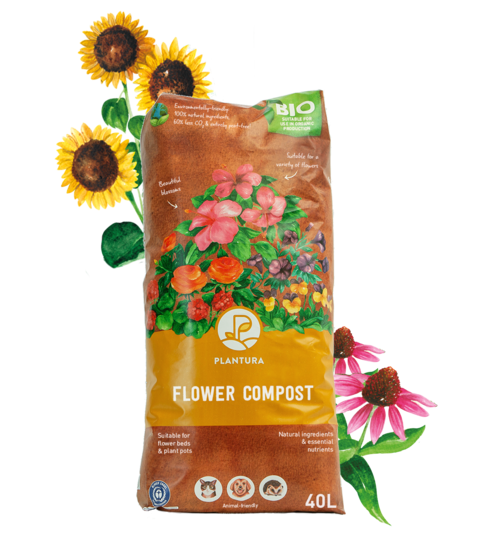
- Perfect for all flowering plants in garden beds & pots
- For beautiful blossoms & healthy plant growth
- Peat-free & organic soil: CO2-saving composition
Care should be taken to ensure a dry and wind-protected place, especially if the plants are to be overwintered outside. Here, for example, a sheltered place on the wall of the house is suitable. In less permeable soils, winter waterlogging in particular can become a problem. Therefore, lay out a drainage layer of gravel or shards of clay, or loosen the soil by mixing in sand. Combine as you wish with grasses or other late bloomers. When doing so, keep the planting distance from each other small, because chrysanthemums grow sparsely after planting.

Chrysanthemums in pots
Chrysanthemums are one of the last flowering plants of the year, allowing the flowering garden season to be extended one last time. In order for the autumn bloomers to grow into a true ornament on the balcony, terrace or even as a houseplant, it is important to observe the following:
- Substrate: flower, vegetable or herb soil
- Pot: drainage pipe; drainage layer (gravel, clay shards)
- Habitat: No direct sun
It is especially important to create good water drainage for plants that are sensitive to waterlogging. Do not place the pot or tub on a saucer, so that excess water can drain off well. In addition, the flowers are hardy only to -2 °C. It is better to put the pot inside overnight if there is a risk of frost. After flowering, perennial chrysanthemums are cut back to just above ground level and overwintered in a protected winter habitat. This also applies to indoor chrysanthemums, because the plants also need their winter rest. Alternatively, after flowering chrysanthemums are planted out into the bed, uncut. Specimens planted out like this should come back even better next year than those left in the pot. When planting, just make sure that the ground is not frozen.

Note: Chrysanthemums are also suitable as houseplants because they are not demanding in terms of light. They even thrive at a north-facing window.
Repotting chrysanthemums
Perennial chrysanthemums need to be repotted every now and then, because they multiply by runners and so root through the pot quite quickly. Repot and thin out every two years for compact growth. If you do not want to apply additional fertiliser, the plant should be replaced with new soil once a year after overwintering.
Plant care
Chrysanthemums are easy to care for and, depending on the variety, are extremely hardy. Only when watering the plants, which are sensitive to waterlogging, do you need a little finesse.
Watering chrysanthemums
Especially during the flowering period, chrysanthemums need a lot of water. Water during the growing season as soon as the soil has dried out superficially. Daily watering is therefore essential on summer days. Watering is also done on rainy days, because the plants often grow very densely, which is why not enough water usually gets to the roots. The soil is kept evenly moist. Make sure that the plant is never waterlogged. Despite high water requirements, waterlogging is very poorly tolerated and quickly leads to root rot. In addition, chrysanthemums are always watered from below, so that the risk of fungal infection is not increased by wet leaves and flowers. In winter during the dormant season, water only so that the soil does not dry out completely.
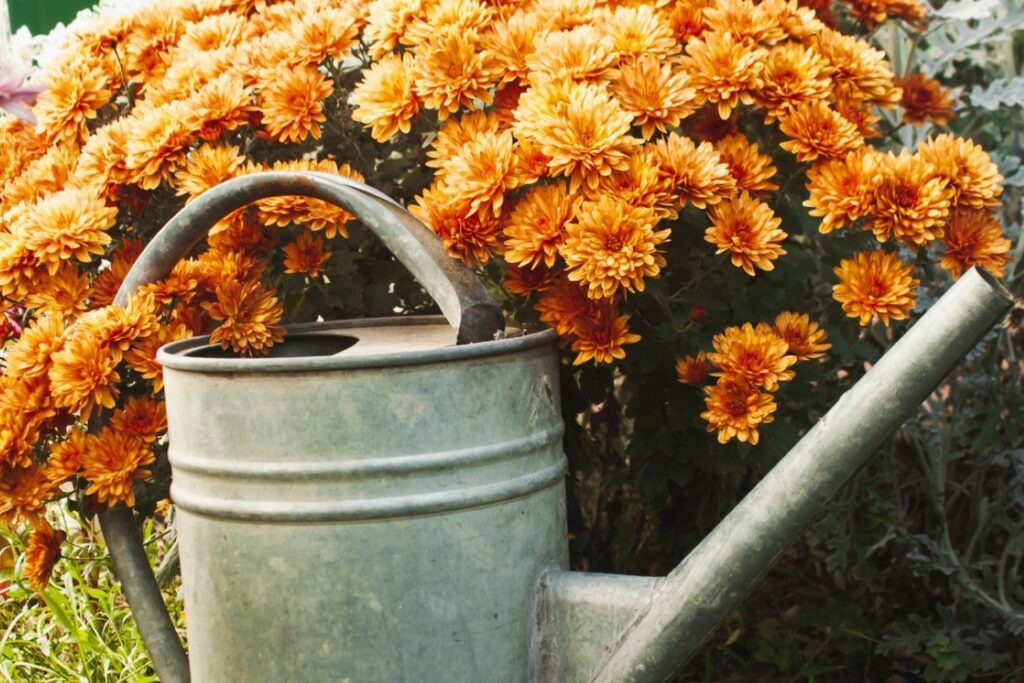
Fertilising
When it comes to nutrient requirements, chrysanthemums are very frugal, despite their autumnal blooms. Annual pot chrysanthemums do not need fertilising at all. They are satisfied with what the fresh potting soil has to offer. For perennial specimens, renew the soil after overwintering or fertilise from the second year from April to September with a liquid fertiliser such as our Plantura Liquid Flower Food or compost. For perennial chrysanthemums in the bed, fertilise in the spring with compost or a granular fertiliser such as our Plantura Flower Food with slow-release action.

- Perfect for all flowers & balcony plants
- Liquid fertiliser for a lush blossom throughout the season
- Quick & easy application - child & pet friendly
Pruning chrysanthemums
As a general rule, only perennial chrysanthemums need to be pruned. The shoots of the potted chrysanthemums are cut back to about the length of a finger after flowering. In the bed, the plants are shortened to a quarter only after wintering, and dried up parts of the plant are removed completely. This gives the plant extra protection from the cold temperatures. In addition, faded flowerheads should be removed regularly. This provides a longer lasting bloom. This also applies to annual varieties. In addition, occasional pruning promotes a beautiful bushy and low growth.

Summary: Properly caring for chrysanthemums
- Watering in the growing phase: When substrate has dried out superficially
- Watering in winter: Substrate should not dry out completely
- Fertilising potted chrysanthemums: Not the first year, then from April – September with organic liquid fertiliser or compost
- Fertilising garden chrysanthemums: In spring with compost or organic fertiliser in granular form
- Pruning potted chrysanthemums: After flowering to finger length
- Pruning garden chrysanthemums: After wintering to ¼; remove dried shoots

- Perfect for flowering plants in the garden & on the balcony
- For healthier plants with beautiful & long-lasting blossoms
- Long-lasting fertiliser that is free from animal products - child & pet friendly
Are chrysanthemums actually perennial?
Chrysanthemums are perennial plants, but not all varieties are hardy. Especially chrysanthemums from supermarkets, discounters, DIY and garden centres die at temperatures below -5°C and therefore often end up on the compost heap after flowering. Even though the supply of hardy garden chrysanthemums there is increasing every year, it is worth going to a knowledgeable perennial nursery or grower.

Overwintering chrysanthemums
Chrysanthemums in the bed should be covered with a protective layer of coniferous branches before the first frost. Do not use leaves or straw with chrysanthemums, as these retain too much moisture and the chrysanthemums will start to rot. Watering is done only on frost-free days. Potted chrysanthemums that have been cut back after flowering should be overwintered in a light, cool but frost-free place. The temperature should be at a maximum of 10 °C. The best place is an unheated greenhouse or conservatory. However, a place in a bright basement, stairwell or gazebo will also do. Alternatively, potted chrysanthemums can be overwintered outside in a large pot in areas with mild winters. To do this, wrap the pot with several layers of newspaper or bubble wrap, or plant the chrysanthemum with the pot in the bed. In April, your chrysanthemums can then be moved back outside or unpacked.

Caring for chrysanthemums after winter
After the winter, when temperatures become milder again, garden chrysanthemums need to be pruned. From March onwards, all shoots are shortened to a quarter with clean, sharp secateurs and withered parts of the plant are cut off just above the ground. If possible, the new shoots should not be injured in the process. Chrysanthemums in pots get new soil and so sprout happily again. Alternatively, fertilisation is adjusted.
Besides chrysanthemums, there are several other flower varieties that brighten up our autumn. Here is an overview of the most beautiful autumn flowers for the garden.


